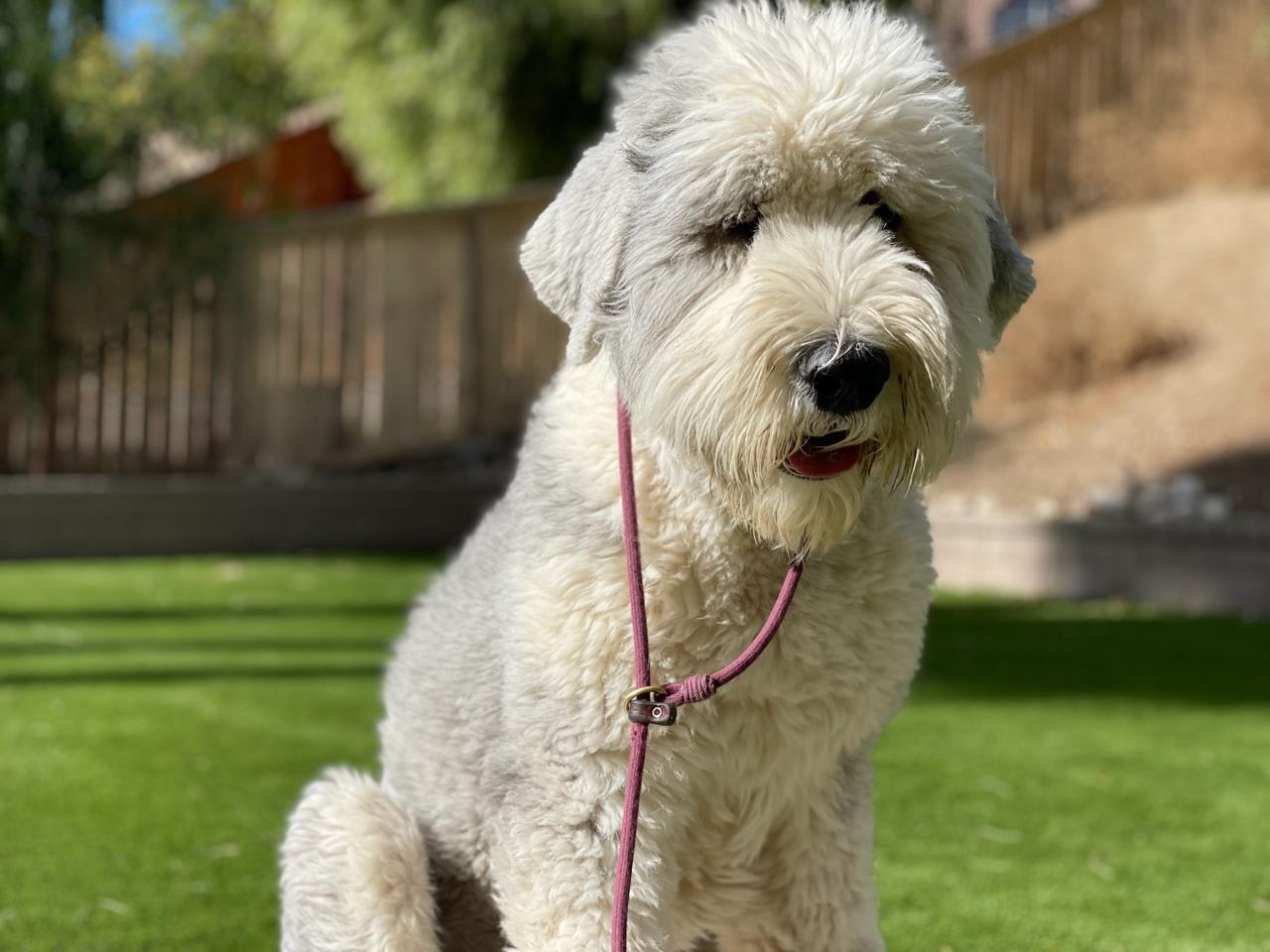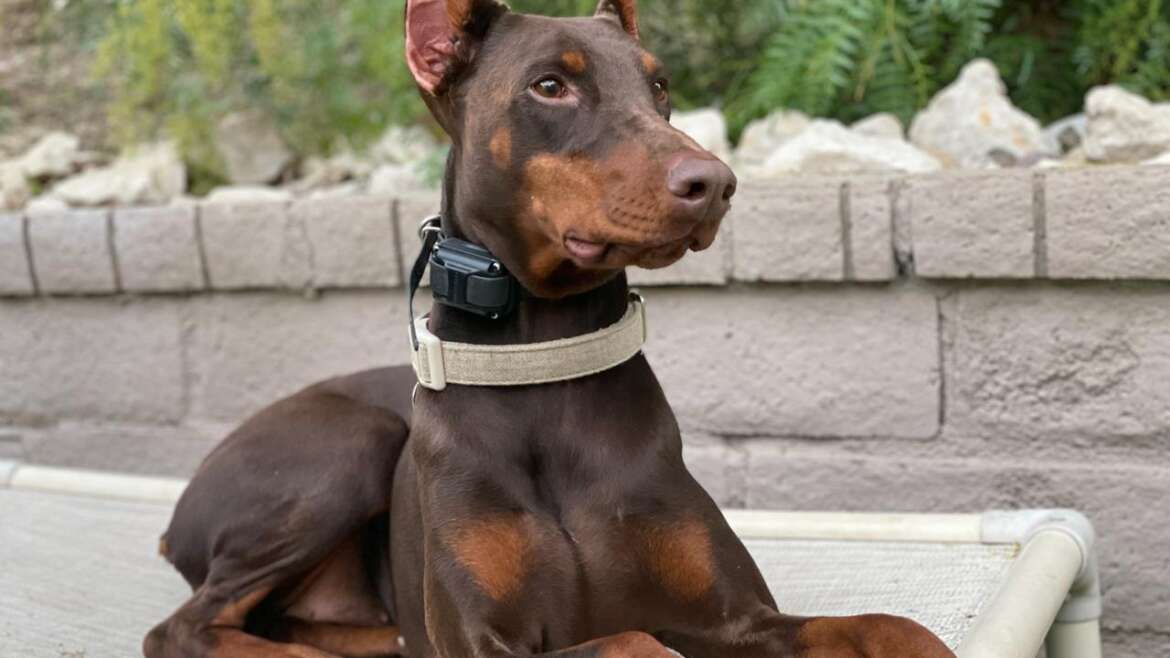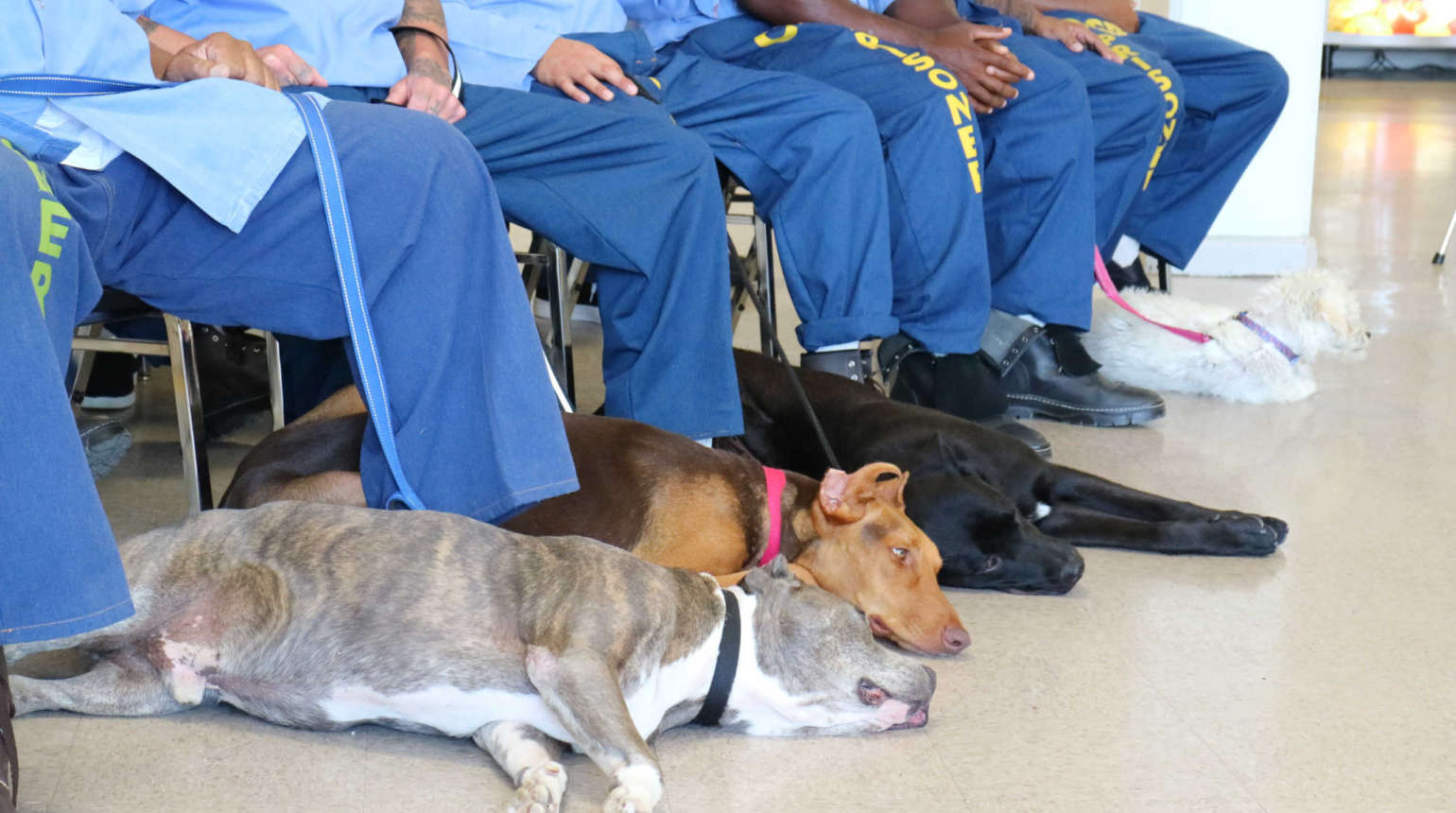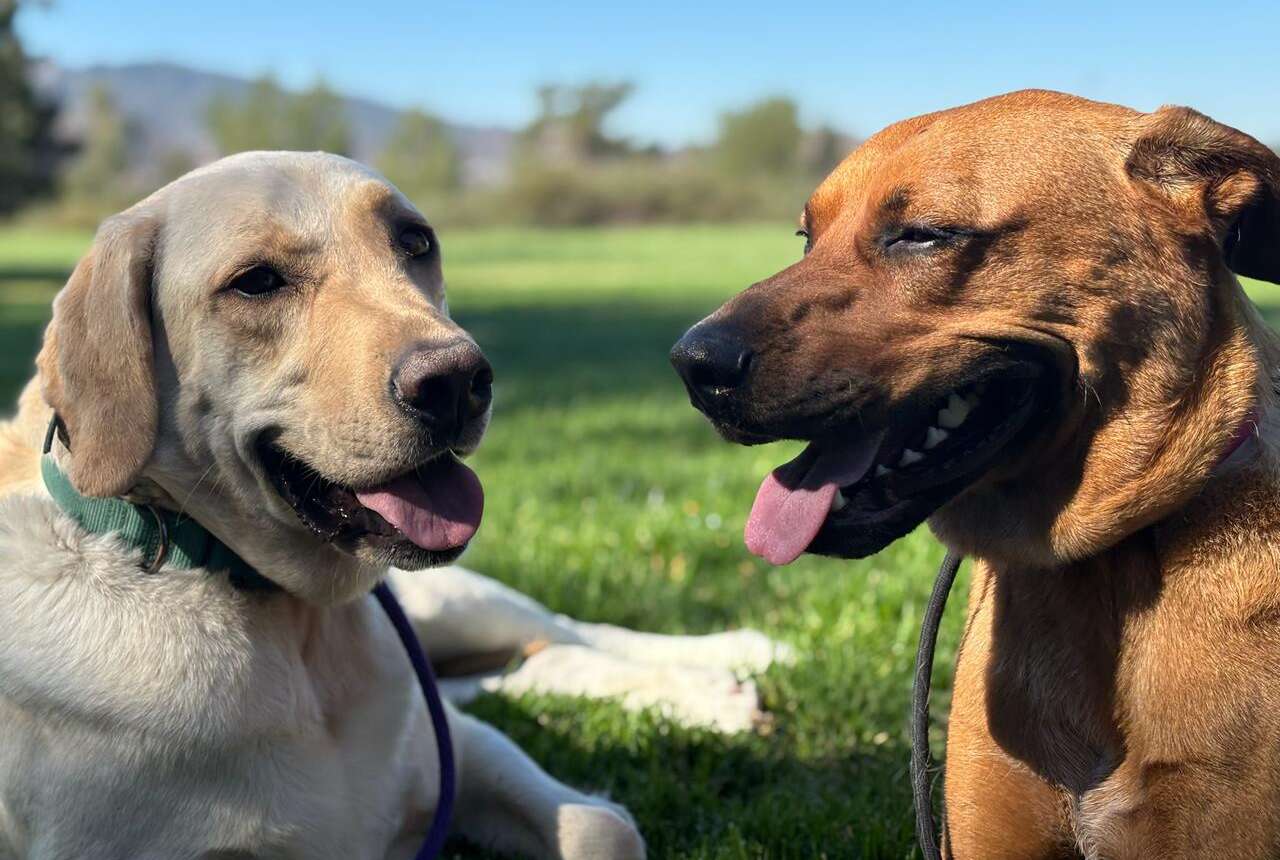Part 1
If you search the internet for the best tools or equipment to use for teaching dogs you will be quickly overwhelmed. Initially by the sheer number of different recommendations of the “right” tools to use, then by the amount of dissonant information being given and then, if you are strong enough to keep going, you will be swamped by the sheer number of rules that exist in the dog training world. It is easy to understand why many of my clients come in with a dazed and confused look on their face when we first we meet. I have said it before and I will say it again, finding a trainer to help you with your journey with your dog is akin to finding the appropriate school for one’s child. It takes leg work, trusty recommendations and an incredible reliance on a gut feeling to feel at ease with the type of education any given institution provides. The main difference when working in Dog Psychology is that the tools of communication are always going to be secondary to the energy using those tools. You see in Dog Psychology one starts with a simple rule: energy before message – message before action. The best tool anyone can use when starting to work with their dog is their own energy. This essentially means knowing what one wants to achieve and how do you feel about it. That’s it. The tools one uses can help or hinder in this journey. But the tools alone will not make a dog “obedient”. Similarly to going to school will not make anyone learn. Tools are a welcome addition to intention and energy, but on their own tools will not make it any easier for a dog to learn. However learning and teaching are made much easier when the right tools are combined with the right intention.
In my day to day I use a myriad of tools; toothbrush, fork, leashe, glasses, computers, cel phone, ecollar, backpack, purse, muzzle, shopping bag… one gets the gist of where I am going with this. All the tools used help me achieve a desired outcome with more ease. That is the purpose of a tool after all. A leash, a muzzle, an ecollar, a backpack, a toy, food are all tools that I use when I work with dogs. All of them however are secondary to my intention and I must know how to use them properly or else they will not be very effective. If one tries to brush their hair with a toothbrush, the outcome will not be very satisfactory. With that in mind, and with the understanding that this is very personal choice, I will break down a little bit the “why’s” each tool helps me achieve a smoother line of communication with the dogs I work with.

Slip leash: I love, love, love to work with slip leashes. They are almost like a direct conduit between the human and the dog. The leash, when used correctly, allows us to communicate with the dog in a way that makes sense to them. There is pressure when the mind is in fight, flight, no pressure in avoidance, surrender. This pressure mimics what dogs do to each other when they are interacting: small “bites” (pressure points) on the neck. The idea when using a slip leash is to become sensitive and aware of those pressures without looking at the dog. Since the pressure works both ways, this is an amazing way also to feel how much pressure (or tension) we are applying on that leash. Once a dog achieves a calm state on the leash with the human on the other end, then it is much easier for them to follow said human and be open to learning. Hence why Mastering the Walk is such an important picker of Dog Psychology. Once you master the walk, the leash is indeed a conduit between the two species and that is an incredible feeling.
Basket Type Muzzle: Another one of my favorite tools. Since I work with a lot of K9 Rehab dogs I have learned that the muzzle is my friend and ally when teaching dogs with a bite a history. These types of muzzles allow a dog to pant, drink water and eat while stopping them from biting. That is an absolutely fair trade in my book, since muzzles also allow a dog to make mistakes (ie biting) with no one getting hurt. I always say that the muzzle is the difference between a mistake and resentment. it is the contrast between a bump and a hospital visit. It is one of my missions in life to do whatever I can to de-stigmatize the use of these types of muzzles. We humans are the ones that need to let go in our relationship with muzzles. Surrender to the fact that this particular tool can save lives with very little disruption to a dog’s day to day life. Like any other tool the way it is introduced makes all the difference. Most people tend to be reactive when it comes to muzzles, putting it on the dog usually when something stressful is going to happen. If we flip the intention to becoming proactive with practicing muzzle conditioning with things like putting the muzzle on and off repeatedly, putting it on 15 minutes before dinner time, having the dog carry the muzzle and go on walks with it on, playing with it on etc then the tool does not become a bad thing. On the contrary, the muzzle represents freedom and surrender. The human become mores confident knowing that the dog can’t harm anyone or anything. While the dog is used to it and has the same imprint of it as it has off the leash. No fear, no stress, no shame attached to it. That is the reason I love these types of muzzles.
A Backpack: A dog backpack, not to be confused with an outfit for a dog, is an amazing tool that can help hyper dogs find “purpose”, shy dogs feel more confident and humans fulfill the dog more rapidly. Once you put weights on the backpack, (nowadays there are also weighted vest for dogs) it becomes a tool that allows the dog to feel as it if it is working. The carrying something puts many hyper dogs, aka working dogs in a state of surrender, since they are finally fulfilling their purpose. Dogs that have a tendency to pull are dogs that need more intensity in their challenges, dogs that need to be given a job. The backpack does just that, it gives the job of transporting something. For shy dogs the results are very similar since one is giving them something other to focus on then being scared or tense. We a refocusing the mind from a state of fight – flight to a state of surrender by simply giving them something more challenging to do. It is a win – win. One thing to remember is the weight of the backpack will always depend on the individual built and temperament of the dog. The goal here is not to create body builders by carrying heavy loads. The weight should challenge the mind before it challenges the body.
Treadmill: the treadmill is one of my favorite tools because of its versatilely. When thinking of a treadmill most people will imagine physical exercise, usually using higher speeds to determine the desired outcome. Which can be useful when one needs their dog to loose weight, prepare for competitions, or increased stamina. Another way to use the treadmill, and this is the way I love to use it, is by making it a mental exercise. Meaning the lowest possible speeds with some incline. Using a treadmill in this way has the same positive outcome for two very different types of dogs. The hyper ones, the ones used to living life at a million miles per hour, start learning to concentrate on what is in front of them. No need to be in a constant state of fight with the world. Surrender and assimilate with it’s rhythms. For the timid ones (the dogs in a constant state of flight) the treadmill allows them to conquer a fear. What makes the treadmill challenging is that the floor is active. That is a foreign concept to a dog. They need to absorb and learn how to navigate a moving floor. For unsure dogs, their instinct is to flee, always, or shut down. The treadmill teaches them to keep moving even through fear. Surrender to the motion. Once they master the treadmill, the have mastered a fear. That gives a timid dog a boost in confidence. In my experience, the dogs that end up loving the treadmill the most are the one’s that completely froze when presented with it. Nevertheless, as with the introduction of any other tool, introducing a dog to a treadmill should be done with intention and very slowly. When unsure how to do it, consult a professional.
Part two is coming soon, in it I will cover how I use food, toys and ecollar in order to better communicate with dogs. Stay tuned.
Happy training



